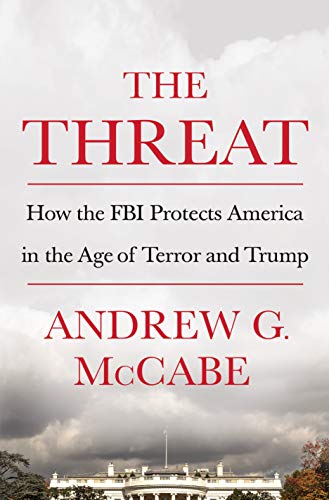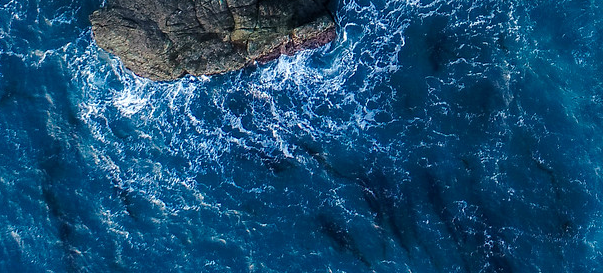[ by Charles Cameron — exploring the notion that liminality is the strangeness of borders ]
.

Gadi Schwartz follows the border wall in the dunes where Trump’s prototypes have already failed the test
**
The topic area this post will explorenis that of liminality — one of the more helpful concepts anthropology provides us with — and borders — of considerable interest in terms of our southern border at this time, and closely related to the concept of liminality.
In case you’re not familiar with liminality, my post Liminality II: the serious part, offers our best introduction to the concept. Trying to put it in brief: liminality is the strangeness of borders.
**
McCabe’s lines:

Let’s start with Andrew McCabe and his forthcoming book The Threat, as excerpted in The Atlantic under the title Every Day Is a New Low in Trump’s White House.
I’m starting here because McCabe mentions various types of lines — :
McCabe writes that the President calls him — “It’s Don Trump calling” — on a phone line, unclassified, insecure as it turns out — but although that’s a line connecting two places and two people, it’s not the kind of line I’m interested in.
He writes of a finish line, which he felt he’d crossed as he left the Capitol after briefing the Gang of Eight with Rod Rosenstein — in a secure SCIF — and that’s closer to my interest, with a quasi-geographical border-line, between the Capitol itself and the Capitol steps — as well as its mental component, a temporal border if you will, the completion of a significant task.
He writes about “drawing an indelible line around the cases we had opened” during that brief, and the phrase “indelible line” has a definite, even definitive quality to it that’s significantly closer to my interest.
And then he writes about the moral lines, the ones that really interest me because they’re so clear they’re called bright:
The president has stepped over bright ethical and moral lines wherever he has encountered them. Every day brings a new low, with the president exposing himself as a deliberate liar who will say whatever he pleases to get whatever he wants.
There’s no mistaking lines of that sort, they are real moral borders: light is on one side, wrong on the other
**
Bright lines and grey areas:
There are, of course, what are known as grey areas, where the moral lines are not so bright.. and here’s where we can turn to Ari Melber and his special, Live at the Border, on MSNBC yesterday, which deals with a physical, geographical border-line that’s bright and definite — cannot be crossed — in some places, and far less distinct — an irritant in daily life, no more — in others.
Melber’s Border:

Some comments made by journos and interviewees in Melber‘s documentary stood out for me because they touched on this liminal nature of borders. It’s one thing to see lines on a map, and quite another to visit the varied landscapes and sociologies across two thousand miles of river, mountains, cities, desert..
We keep talking about this border like it’s one thing, like its one place, like it’s a national crisis..
The US southern border with Mexico is two thousand miles from the Pacific Ocean to the Gulf of Mexico: desert, mountains, farmland, cities, concrete, scrub grass, farmland, and a whole lot of sand, and one long river ..
Texas:
The debate over the border and a wall may seem loike politics in Washington DC, but here it’s a way of life ..
Here the landscape takes over ..
The natural barrier here makes it almost impossible to cross ..
New Mexico:
The southern border of New Mexico is one of the most [unintelligible] parts of the country ..
t stretches across roughly two hundred miles of rugged terrain and barren desert, making it hard to know where the US ends and Mexico begins ..
e city of Sunland Park is actually at the point where both the state of New Mexico and the state of Texas meet, but also with the state of Chihuahua which is in Mexico.
It’s one region with one culture here, because, you know, I have families that live here in Sunland Park during the week, and on the weekend they go back home to visit their mom, their parents, their aunts, in Mexico ..
Arizona:
.. the interconnectedness of both sides ..
he reality is, the people who live in El Paso are the people who live in Juarez, they’re the same people, a hundred thousand people commute back and forth every day to go to work, to go to school..
In the State of Arizona it has 353 miles of border .. so long and varied the stories there are as varied as the terrain
This administration is using the desert to kill people and they’re dying from lack of water ..
This is Nogales, Arizona, but that’s Nogales, Mexico ..
.. it’s the rhetoric behind the border ..
California:
A massive sea of sand dunes spans the desert ..
It would be really hard to build a full-blown wall here, because the sands are constantly shifting throughout the year, but a floating fence, that is a different story ..
The issue:
The wall is not the issue. And the border, this very real stretch of land with people, and families, and businesses, and churches, on both sides of the line, is not the issue. The issue is what this country as a whole looks like, and who gets to call it theirs — which is why the wall will never be built, and always be needed, why the border will never actually be secured but always need to be secured.
The border is not what we need to secure; what we want is for people to be secure; we want people to feel secure. And that, that’s heart [hard?], and getting there and all that it would mean is something that no amount fencing is ever going to provide..
**
Further readings:
Here are some of the other Zenpundit posts on liminality and borders:
Of border crossings, and the pilgrimage to Arbaeen in Karbala
Violence at three borders, naturally it’s a pattern
Borders, limina and unity
Borders as metaphors and membranes












